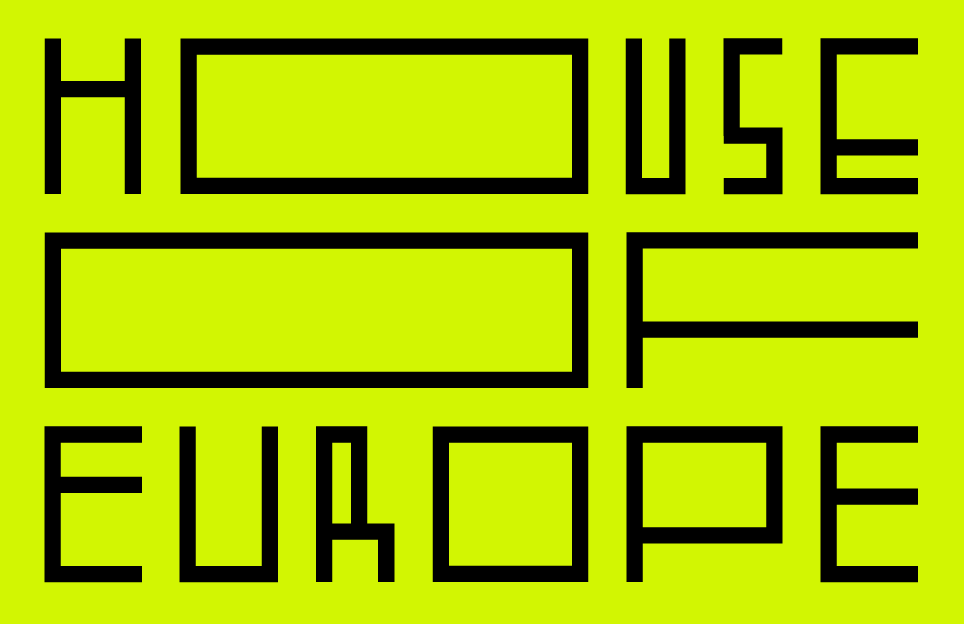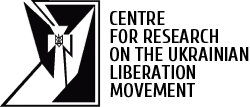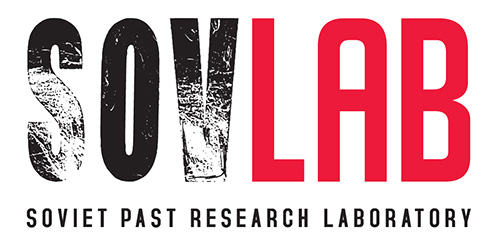In the final conclusion of the investigation, quoted:
"...Suta, that together with members of the counter-revolutionary organization led by – Mustafa Shelia and Amierdjibi, they organized printing a false ticket of bread portions, he cracked a key of the ticket storage and started to print false tickets himself. He also confessed that while printing false tickets in Mzechabuk Amirejibi's house, they were listening to foreign radio channels and were involved in rude Anti–Soviet talks".



















